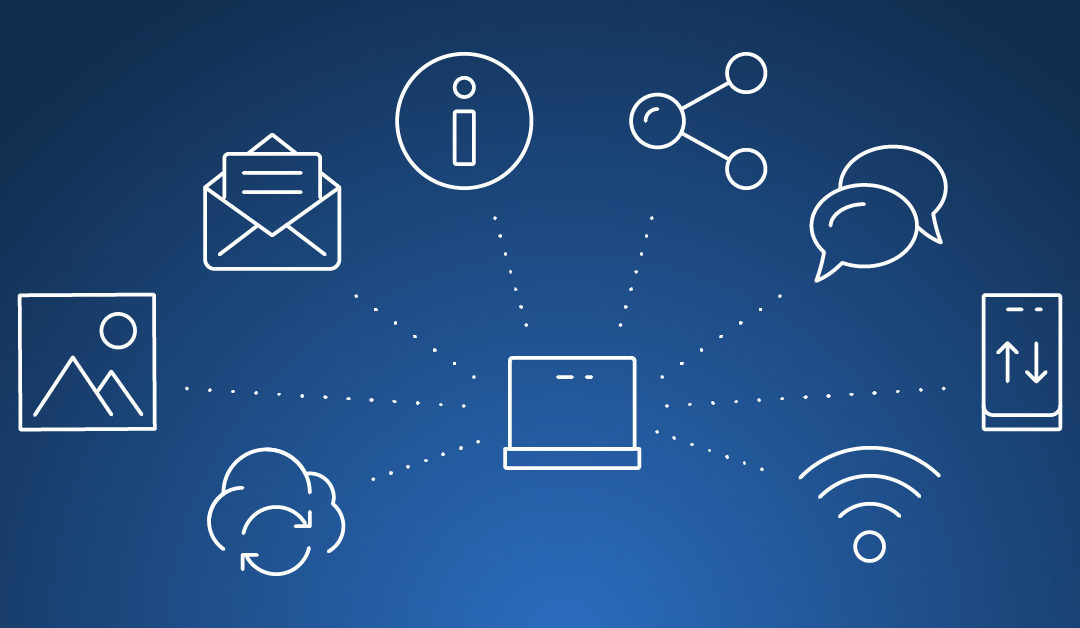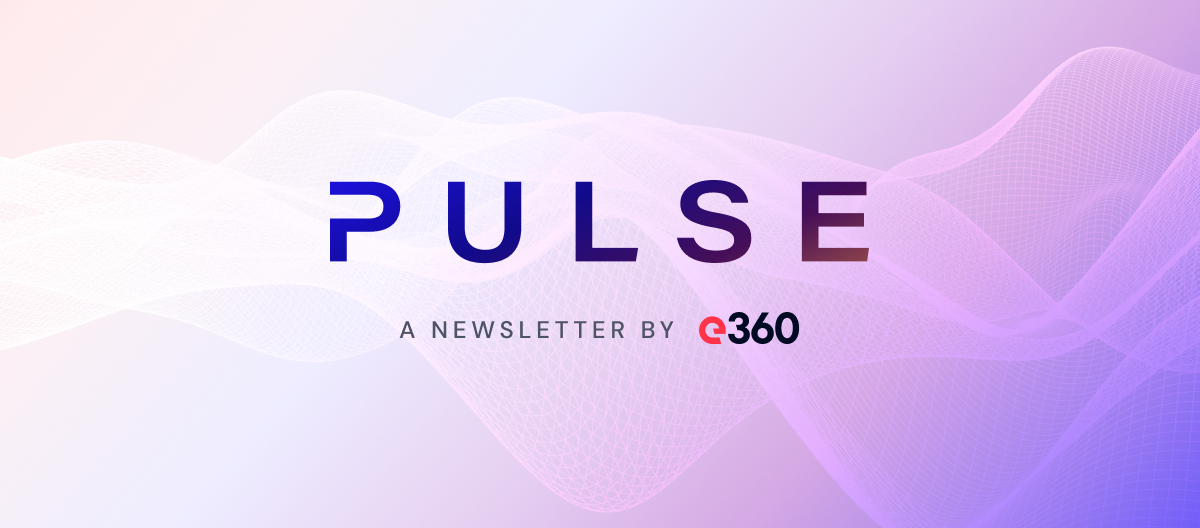By Bryan Zanoli, Principal Architect, Entisys360
The concept of the DIGITAL WORKSPACE is no longer new. After all, VMware announced its WORKSPACE ONE solution over two years ago, practically a lifetime in IT. And of course, this wasn’t exactly the first moment the industry thought up the concept of the digital workspace. Even with all that time behind us, it only now appears we are on the verge of being able to deliver a true digital
workspace experience.
But, before I share how we’re able to deliver a digital workspace, let’s look at why its adoption is so critical to maintaining and supporting a competitive and modern workforce:
Increasing the Mobile Workforce
At this point, most organizations have a Bring Your Own Device (BYOD) strategy in place. If not allowing BYOD, organizations are at least turning to Corporate Owned Personally Enabled (COPE), with users granted certain ability to utilize the device as they would their own.
An Explosion of Applications and Data
The number of applications used by an organization is skyrocketing. Not only are we looking at an increase in applications, but the number of locations at which those applications are hosted is also growing. If you aren’t already, you will soon be managing access to SaaS apps, traditional but cloud-hosted, traditional but on prem, and even mobile apps.
It doesn’t stop there. With the sudden rise in popularity of Dropbox, cloud-based data storage solutions (officially called Enterprise File Sync and Share solutions) are becoming a mainstay in IT support directives. Many IT departments have already begun supporting multiple options, such as OneDrive, Box, or Google Drive.
Increased Complexity
The many device types introduced by the mobile workforce, compounded by the explosion of applications and data (and data sources) presents tremendous challenges with legacy end user management frameworks and platforms. This puts tremendous strain on IT administrators and engineers, as well as end users, who don’t receive the timely support they need to keep their workflows moving.
Add to this, the increased emphasis by company management on security and visibility, and the technical debt associated with endpoint and user management sky rockets.
Demand for Agility from IT and Business
This is an area where the end user computing (EUC) landscape will begin seeing a greater impact from concepts and methodologies aligned with DevOps and agile project management. First and foremost is Continuous Integration / Continuous Delivery (CI/CD). If the app dev teams and the infrastructure operations teams are going to be expected to provide quick, always improving delivery of new software and software updates, these same expectations are going to fall on the end user computing teams as well.
Application and desktop delivery platforms will be expected to accommodate user provisioning requests in hours or minutes, not weeks or days. Management will expect dynamic scalability to support situations from mergers and acquisitions to seasonal workforce to third-party contractor onboarding. Self-service will simply become a natural aspect of the user workflow, with apps and desktop resources being provisioned automatically.
Security and Compliance
The fallacy of treating the data center as a walled garden is at its end. Mobile devices and IoT are extending the perimeter which IT must secure, well beyond the bounds of an organization’s traditional “secure network.” Furthermore, security exploits today are becoming more frequent, more impactful, and more costly. The truth is, it’s not just about protecting your environment from malicious actors, but also about protecting your end users from being compromised by social engineering efforts.
Not only do threats of malware or bad actors lead to IT stress, but regulatory compliance is expanding, with stricter controls and expectations. The recent roll out of GDPR may not directly impact US-based datacenters, but the fine print of the laws prove to be much wider than expected, with any data originating or residing in European countries, or by European citizens outside of Europe, still under purview.
Building the Digital Workspace
So how do we build the digital workspace to accommodate but also benefit from cloud? Stay tuned for part two of this post, as I provide an overview of the building blocks and key considerations of any successful Digital Workspace deployment.



